
 Instagram
Instagram
Greasy Hair: How to Effectively Get Rid of It
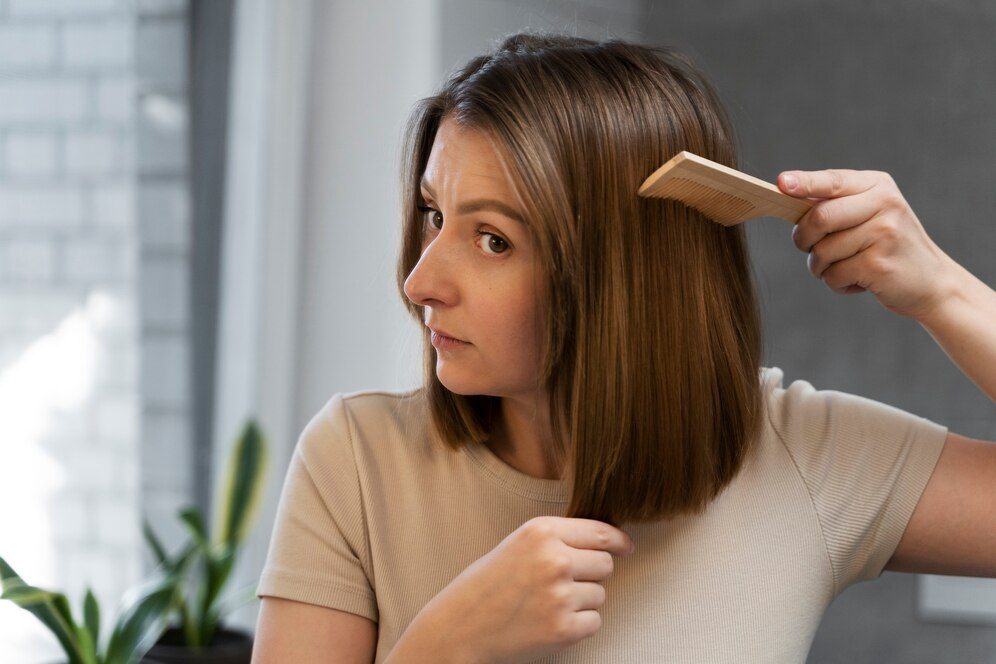
Related products
A Greasy Scalp – What is it?
An excessive amount of oil characterizes greasy hair. Oil and grease are produced by the oil glands on the scalp, which secrete sebum. The ailment known as oily hair sometimes runs in families and arises from the glands' overproduction of abundant sebum due to sensing that the scalp is severely dehydrated. As a result, the balance of natural oils in the scalp is disrupted, causing the hair to become overcoated and measured down with grease. Various factors could contribute to excessive sebum production, including hormonal imbalances, weather conditions, and poor hair care practices.
Oily hair is linked to a lack of volume, an itchy scalp, and the presence of dandruff. Additionally, there is a risk of infections and hair loss due to the potential clogging of hair follicles by sebum and buildup at the root. As an added downside, a lot of harmful residue could remain, making the hair even more difficult to manage and giving it a lifeless, fibrous, bland appearance.
What are the Reasons for Greasy Hair?
Sebaceous glands are responsible for producing the oils found in hair. The glands produce an oily sebum that travels up the hair follicle to hydrate the skin and hair.
When the glands are not functioning normally, they are prone to skin and hair issues. As an illustration, acne develops when the body produces excess sebum, leading to the accumulation of dead skin cells that block the pores.
Seborrhoeic dermatitis is another condition that is sometimes attributed to an excess of sebum. Scaly red skin patches manifest on the scalp and face. Their appearance suggests an oily texture and the possibility of being flaky and scratchy.
Hormones influence sebum production. Teenagers frequently face challenges when dealing with oily skin and acne. During pregnancy or menstruation, women might notice noticeable changes.
What are some of the Ways to Effectively Get Rid of Greasy Hair?
1. Maintain a consistent washing routine.
Oily hair is directly related to hair washing frequency. Too many washes cause hair to overproduce natural oil and generate greasy roots. Merely wash it too little; conversely, product, sweat, and grime will accumulate at the roots and make it oily. One might consider experimenting with various intervals between washes to discover what works best for them. After following a regimen for a few weeks to observe how hair changes, one should modify how often it is washed. While it might seem straightforward, the most effective method to ensure less oily hair regularly is to establish a consistent hair washing routine that aligns with individual preferences.
2. Eliminate the hair treatment.
On an unrelated note, there is a trend advocating for giving up hair washing entirely to avoid chemicals in the hair that could interfere with sebum production and balance—the 'no poo' movement.
After some time, the scalp and hair should balance out and stop naturally producing excessive sebum. But the route to get there will be a bit of a smelly road. Many people doubt that hair is entirely self-cleaning, though.
3. Enhance washing methods
It is simple for people to develop poor handwashing practices that harm their scalp and make their hair oily. The proper way to wash hair is to massage a small amount of shampoo into the scalp and roots. Do this meticulously yet carefully to avoid scratching the scalp or hair. Excessive scrubbing force could irritate the skin and increase oil production. Washing the scalp and hair roots is preferable to washing the ends of the hair because most people feel that their hair is oiliest at the hairline. To clean the ends of one's hair, rinse the shampoo through. Shampoo particles tend to weigh down hair, so rinse thoroughly.
4. Stay away from over-styling.
Using hair straighteners and blow drying will help tame unruly hair. However, doing so additionally makes hair seem oilier faster than if allowed to air dry. Another way to prevent heat damage to hair is to avoid straightening irons and hair dryers.
5. Deal with a flaky scalp.
A common misconception among dandruff sufferers is that they have dry skin. An excess of sebum, or scalp oil, might trigger dandruff. Apply dandruff shampoo per the label.
A variety of dandruff shampoos are available. If the scalp condition doesn't go away after using one a few times, try a product with a different active ingredient or see a physician for a prescription-strength treatment.
Supplementing with zinc or vitamin B might assist with dandruff.
6. Replace the sheets
One should pause the time spent resting one's head on a pillow and then consider how frequently one changes the pillowcase. Every night, it absorbs the oil and grime from the day before, and if linens are rarely washed, all ends up rubbing on the scalp. One might follow an impeccable hair care routine, yet if the pillowcase is unclean, all those efforts might be futile.
7. A healthy balance of carbs and fats
Studies have shown that the meals we eat influence our sebaceous glands and the amount of sebum they secrete. Sebaceous glands produce more sebum with more fat or carbohydrates. However, it has been demonstrated that calorie restriction significantly reduces sebum secretion rate, and sebum is primarily influenced by acne.
Is it as straightforward as consuming less fat and limiting calorie intake from carbohydrates? It is unlikely, but selecting the appropriate fats, such as ghee and coconut oil, along with the right carbohydrates, could produce a more favourable balance in the oil-producing sebaceous glands.
8. Use blotting paper to absorb grease
This is an effective method for quickly eliminating hair oils when needed. Make several tiny sections in it out, then use blotting paper to gently stroke the ends and scalp to remove any extra oil. Utilizing a fresh sheet when the current one becomes saturated with grease is advisable. Blotting paper can be easily found at cosmetics shops or purchased online. One should carry a pack wherever they go to handle grease emergencies.
9. Make the hairbrush clean
Regular brush cleaning is beneficial, as hairbrushes tend to accumulate products, dead skin, and debris.
If not cleaned, dirt and debris will be carried through the hair the next time someone uses the brush. This can cause freshly washed hair to appear dirty and greasy again.
10. Rinse hair after donning a helmet or hat
Various headgear, including hats, helmets, scarves, and headbands, can potentially distribute oils and retain heat. Eliminate the effects of hat hair with a swift wash. One could opt for head accessories such as a silk cap to extend the interval before the next wash.
11. Select a scalp-friendly shampoo.
It is advisable to avoid washing hair daily when it appears greasy. When washing hair, it is essential to select a shampoo that is suitable for the scalp.
It is common for individuals to select shampoo based on their hair types; however, it is essential to prioritize the condition of the scalp when making this choice. When the hair appears dry and rough while the scalp feels oily,
12. Home treatments for oily hair
Use aloe for deep cleansing.
Aloe is recommended as a hair and scalp mask to remove oil, combat product buildup, soothe the scalp, and protect strands.
Aloe is safe for topical usage but needs more research to establish if it helps oily hair.
DIY dry shampoo
Cornflour or baby powder is suitable for DIY dry shampoo replacement
Coconut oil deep conditioning
Try coconut oil deep conditioning. This treatment removes scalp and root oil and provides deep hydration.
Wash with cider vinegar
Benefit from apple cider vinegar. An adequately diluted apple cider vinegar rinse helps eliminate product buildup, regulate scalp pH, and decrease frizz.
Add honey
Honey's antibacterial and antifungal characteristics make it an effective remedy for dandruff and a soothing scalp treatment when excess oil has built up.
What are some of the Haircare Tips to avoid Greasy Hair?
- First, avoid daily hair washing. Twice weekly is ideal.
- Stress and poor diet/lifestyle affect hair greasiness, so live and eat well.
- Invest in a high-quality shampoo and conditioner designed for oily hair to combat oil in the hair.
- Use a decent hair treatment to reduce scalp sebum.
- Sometimes, shampoo is applied to dry hair, let it sit, and then washed out. This prolongs the shampoo's effects compared to a shower wash. Few recall it immediately. However, it is recommended to wash hair twice. During the first wash, one cleanses one's hair of grease, dirt, contamination, and styling products. The shampoo then has an opportunity to penetrate and nourish the hair and scalp during the subsequent wash.
- People with oily hair should avoid massaging their scalp too much with their fingers while shampooing, as this will cause the scalp to produce more oil.
- It is important to note that conditioner must be applied solely to the ends of the hair. Rubbing it into the scalp is not advisable, as it might increase its greasiness. Using a suitable conditioner for oily hair is also a good idea.
- The hair dryer is harsh on hair. Drying and greasier hair are possible. It is recommended that hair be allowed to dry naturally and as frequently as possible.
- It is advisable to wash hair in lukewarm water instead of boiling water, as the latter tends to make greasier hair.
People Also Ask
Can stress contribute to oily hair?
Yes, stress can contribute to oily hair. In stressful conditions, the body produces excess cortisol hormone that triggers the sebaceous glands. Sebaceous glands are also present in the scalp that upon stimulation produce and release more sebum or oil. This excess sebum in hair makes it look greasy and it also occurs often faster than usual. Moreover, stress also leads to repetitive behaviours such as touching the hair and scalp more often than usual. This behaviour transfers the grease from hands into the hair, giving a greasy look to the hair. It is essential to manage the stress levels through relaxation techniques by maintaining a healthy lifestyle along with frequently practicing yoga or meditation.
What is the role of dry shampoo in controlling greasy hair?
Dry shampoo plays an important role in controlling the grease in hair by absorbing the extra sebum from the hair and scalp. It makes it appear more voluminous and cleaner without the need for washing the hair. The ingredients of dry shampoo are based on starch or alcohol that absorbs the oil along with refreshing the hair between washes. It is especially useful for individuals with busy routines or hair that are naturally oily. Dry shampoo reduces the need to wash over and over again as the greasy hair gives an untidy look and cause embarrassment in social and professional settings. However, a dry shampoo must not replace the regular ritual of washing hair as it builds up on the scalp when overused.
Conclusion
An excessive amount of oil characterizes greasy hair. Oil and grease are produced by the oil glands on the scalp, which secrete sebum. The ailment known as oily hair sometimes runs in families and arises from the glands' overproduction of abundant sebum due to sensing that the scalp is severely dehydrated. Oily hair is linked to a lack of volume, an itchy scalp, and the presence of dandruff. Additionally, there is a risk of infections and hair loss due to the potential clogging of hair follicles by sebum and buildup at the root.
The most effective method to ensure less oily hair regularly is to establish a consistent hair washing routine that aligns with individual preferences, since both less washing and too much washing could lead to greasy hair. The proper way to wash hair is to massage a small amount of shampoo into the scalp and roots. Do this meticulously yet carefully to avoid scratching the scalp or hair. Excessive scrubbing force could irritate the skin and increase oil production. Additionally, it is important to replace the pillowcase and bedsheets frequently as they absorb the grease from the scalp and transfer it onto the same scalp later that day. Regular brush cleaning is beneficial against greasy hair, as hairbrushes tend to accumulate scalp products, dead skin, and debris.

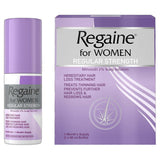
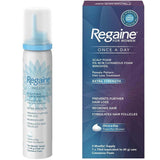

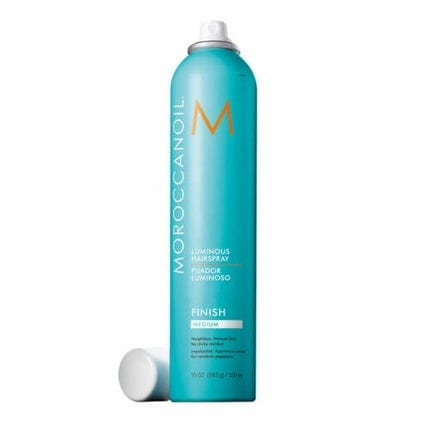



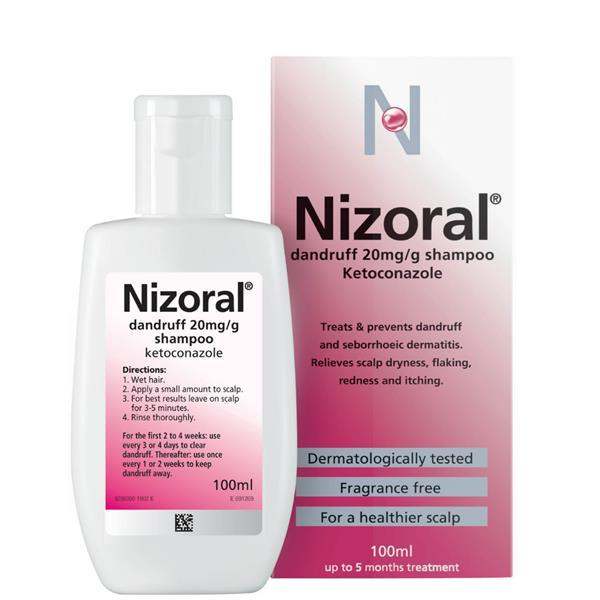
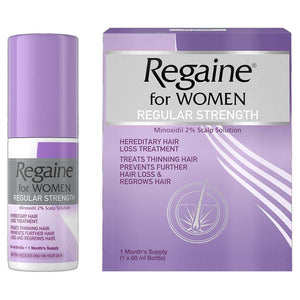
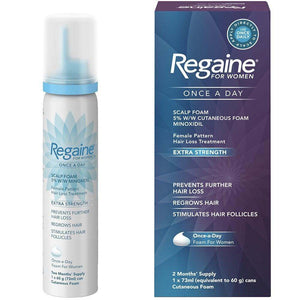
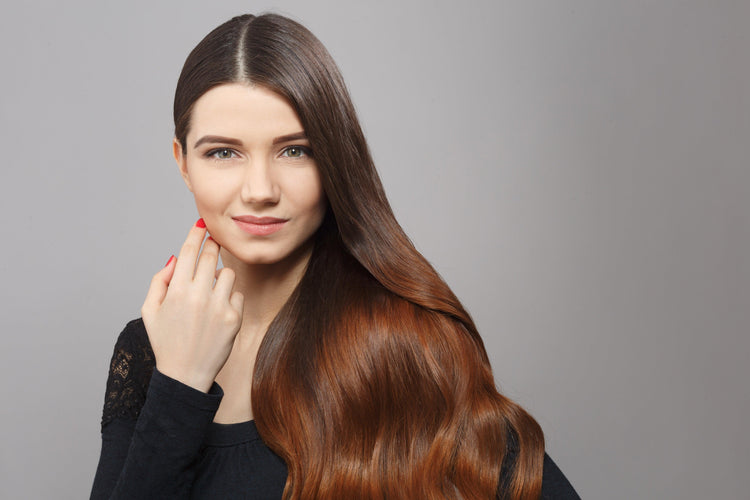

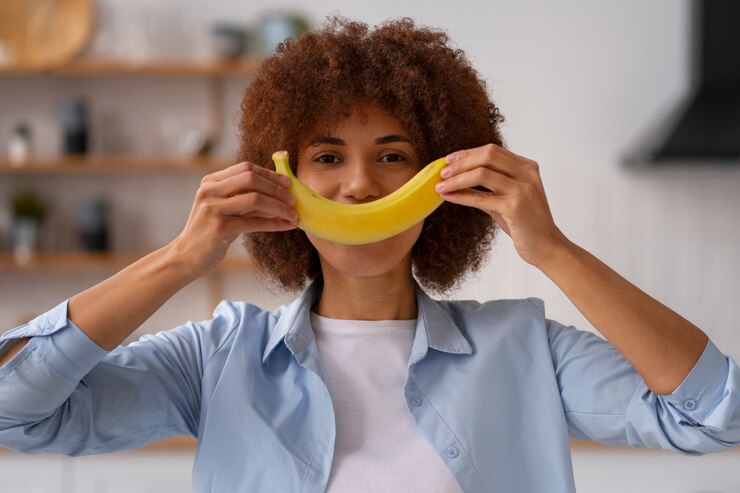


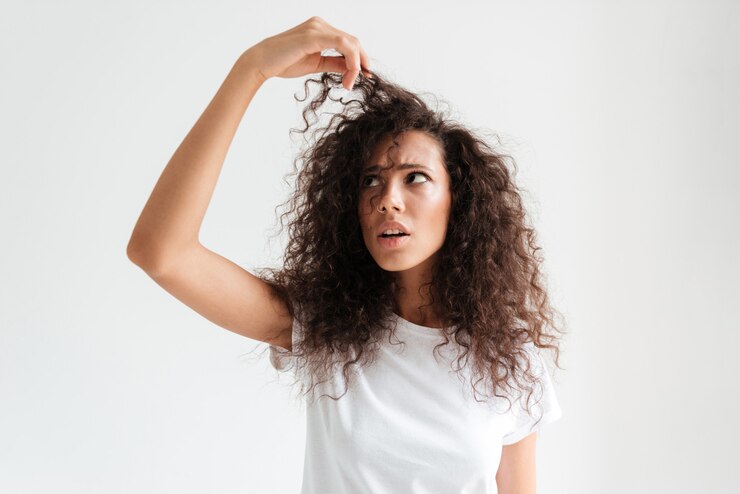

 Rated Excellent by 26,523+ Reviews
Rated Excellent by 26,523+ Reviews